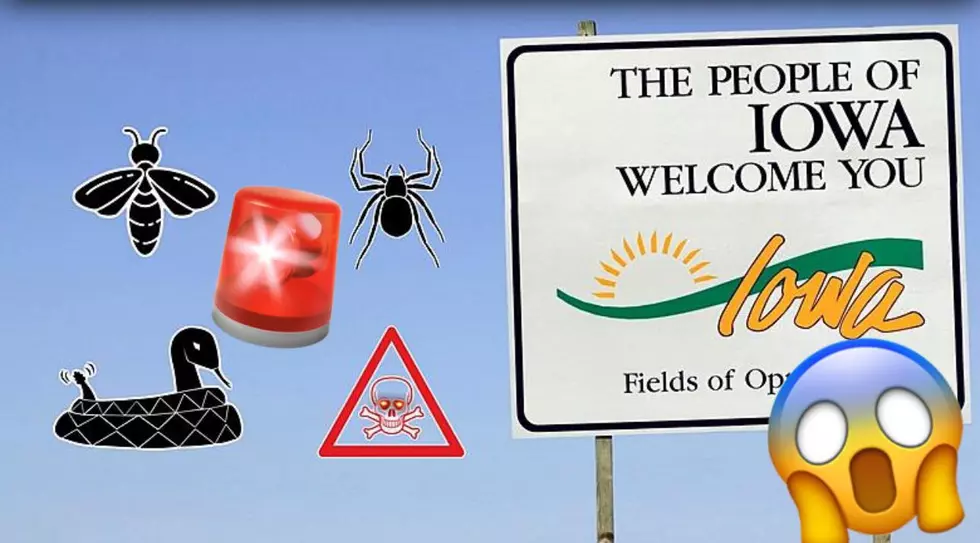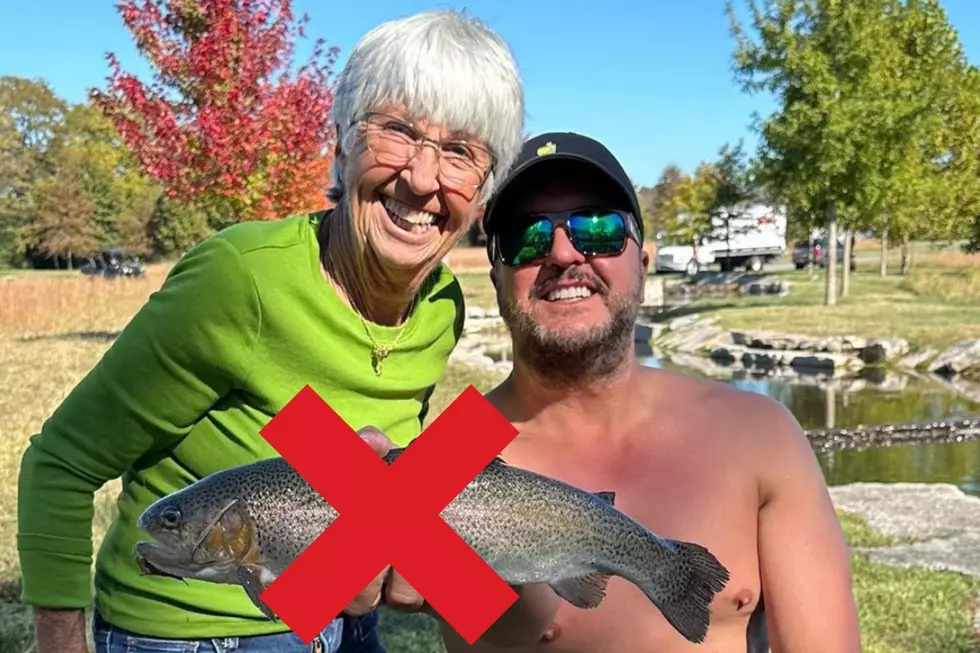
Allergy-Sufferers in Iowa Beware…Pollen Levels HIGH this Week
Volcanic sneezes and your throat feels like a bear is clawing at it. Yep. Allergies. And it’s gonna be rough for the next couple of days. Pollen.com says that 30% of the entire country is in 'Medium Status.'
If you’re like me during days like this, if you forget to take your medication, it will be a sneeze-fest and you’ll feel like ripping out your eyeballs. Fun, right?
pollen.com
The main culprits this week will be Ragweed:
Krzysztof Ziarnek Kenraiz
Nettles:
and Sagebrush:
Serafima Lazarenko
@sera_fima via Unsplash
Pollen.com says that Wednesday’s Pollen Number will be 10.1 – which is high…I guess. I have no idea what that actually means, other than I’ll probably not go outside.
So what DOES that number signify?
According to pollen.com:
A pollen count is the measurement of the number of grains of pollen in a cubic meter of air. As the pollen number increases, people with allergies will have an increase in their allergic reaction.
Makes sense, I guess. So now I know that I can simply go outside, form a cube in the air, and count the pollen spores, right? Not so much.
The American Council on Science and Health says that pollen counts are generally taken with a system called a "rotorod." This device uses silicone grease-coated clear rods that test the air. The rods are then examined for the number of pollen grains covering the rod. This count can then be converted into units of grains per cubic meter of air, and eventually into a calculated amount that makes sense to the general public: low, moderate, or high.
Ah, now I see. Well, I would be able to see, if I wasn’t constantly rubbing my eyes due to the pollen.
Plus, in our drought situation in the Midwest combined with hot and windy weather, that will certainly bring up that number on the ol’ rotorod.
The pollen counts are the highest between 5 am and 10 am, so call your boss and let him/her know that you’ll be at work after lunch.
Just watching this video makes me sneeze:
LOOK: Here are the 50 best beach towns in America
Top 10 Celebrities Born in Waterloo/Cedar Falls
More From AM 950 KOEL









